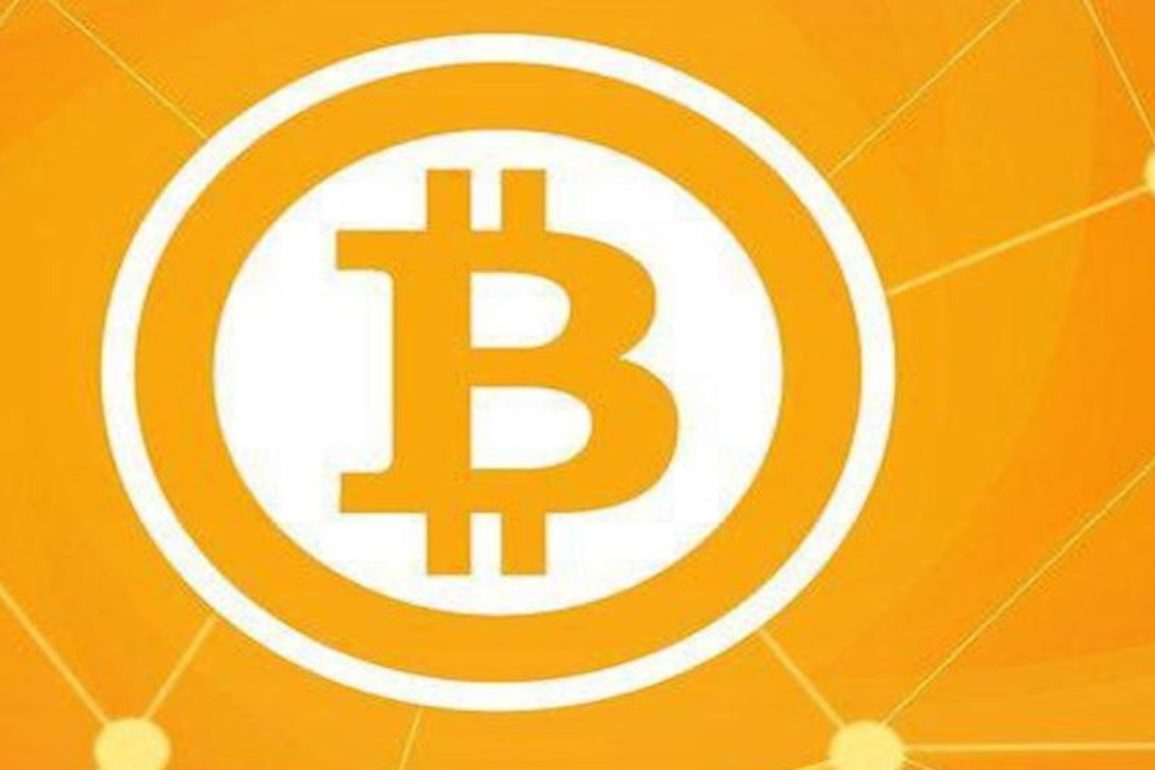- Summary:
- The effect on prices is usually noticeable 6 to 12 months after the Bitcoin halving, which is approaching in October of 2024.
Table of Contents
Bitcoin halving is one of the most important events in the world of crypto. It has a profound effect on the value of Bitcoin, its inner workings, and the general market. However, the event is also planned to be a part of how Bitcoin operates.
In this article, we’ll go over Bitcoin halving and its importance, as well as what investors and buyers need to know about it in order to prepare. We just had a Bitcoin halving this year, so there’s plenty of time to analyze.
What is Bitcoin Halving?
Bitcoin halving is an event that happens approximately every four years or after 210.000 blocks are mined, whichever happens first. It limits the total supply of Bitcoin to 21 million coins and, therefore, prevents inflation. The process is built into the Bitcoin protocol and happens on its own when the criteria are met.
The event became a focus of media attention as more users studied crypto investments, hence it became widely used. This led to speculation about how it would affect the price and what the best trading strategies would be at the time of the halving.
When is the Next Bitcoin Halving?
The next Bitcoin halving is scheduled for 2028, and the last one took place in April of 2024. For newbies wondering how to invest in Bitcoin, it’s wise to consider entering the market ahead of time to potentially benefit from post-halving price increases. The halving before that took place in 2012, 2016, and 2020. In all of those cases, the scheduled four years expired before the network produced 210.000 blocks.
It remains to be seen if the next halving will take place in 2028, as it should have, since there is much more interest in crypto and more Bitcoin users, and there’s a chance 210.000 blocks are created before the time runs out.
What Happened After the Last Halving?
Halving is a regular occurrence and a part of the process made to prevent inflation, so its effects are predictable as well. Halving prevents inflation by causing scarcity, which means that it will affect the price as well. It usually increases the price, and it will happen again since it hasn’t yet been six months since the last halving.
The effect on prices is usually noticeable 6 to 12 months after the halving, which is approaching in October of 2024. It’s important to note, however, that the halving isn’t the only outside force that affects the value and price of Bitcoin.
Market Sentiment
Halving also has the unintended consequence of increasing the interest in Bitcoin and, therefore, changing the market sentiment. Around the halving, the media started speculating on its importance and effects and tried to explain its technical and financial side.
The heightened interest usually leads more investors to buy Bitcoin, which further boosts the price. This is what has happened with all the previous halving, but it’s too early to predict what will happen in 2028, as the public sentiment towards crypto has changed drastically in the last couple of years. It’s now clearly a part of mainstream finance.
Increased Transaction Fees
Bitcoin halving also leads to increased transaction fees as an immediate effect. This happened in 2024, and it will probably happen in 2028 as well. As Bitcoin halvings reduce block rewards, miners receive fewer new Bitcoins for validating transactions. Miners increase transaction fees to maintain profitability.
The fees can be increased during times of congestion as well. Since halving itself drives traffic and interest in crypto, the two effects are often complied with and multiplied. An increase in transaction fees is especially challenging for users who transfer small amounts since it bites into their assets more.
Bitcoin-related Stocks
Bitcoin halving will affect the value of several stocks and companies working in mining. That’s what happened last time, and that experience can help investors predict the effects of the next halving. In most cases, the stocks have plummeted in just a couple of days.
Some analysts think that the increase in the price of Bitcoin may be able to offset the impact of fewer Bitcoin rewards. At the same time, miners may need to look for ways to make up for the gap over the long term ahead of the next halving cycle.
The ETFs tied to Bitcoin will grow in value as Bitcoin does since that’s their purpose.
To Sum Up
In conclusion, Bitcoin halving is a significant event that impacts Bitcoin’s supply, price, and market dynamics. The next halving is expected around 2028, and while past events suggest a rise in Bitcoin’s value, it’s not guaranteed.
Factors like market sentiment and increased transaction fees also play a role. Investors should keep an eye on the evolving market, especially as the interest in Bitcoin grows. As history shows, halving often sparks speculation and price movement, making it important for both new and experienced investors to stay informed and plan their strategies carefully.


